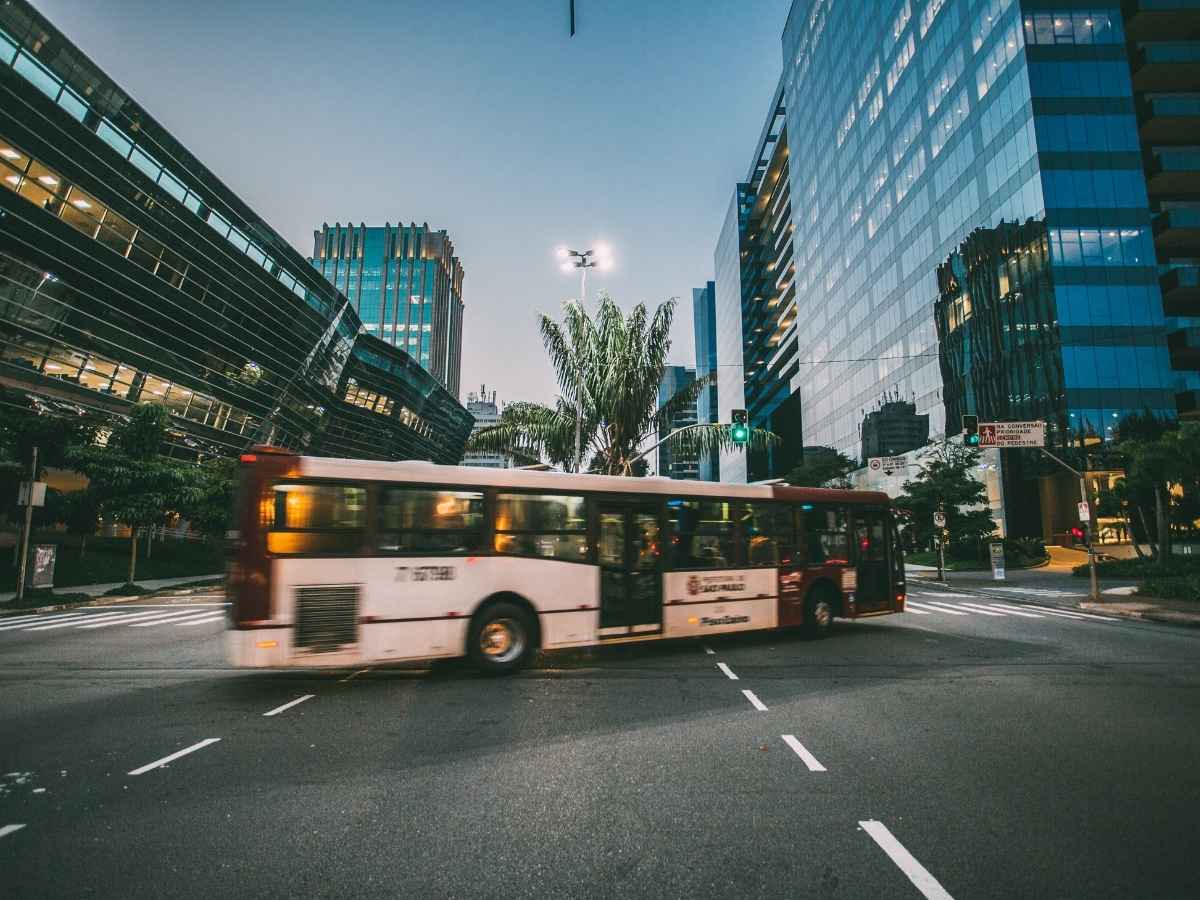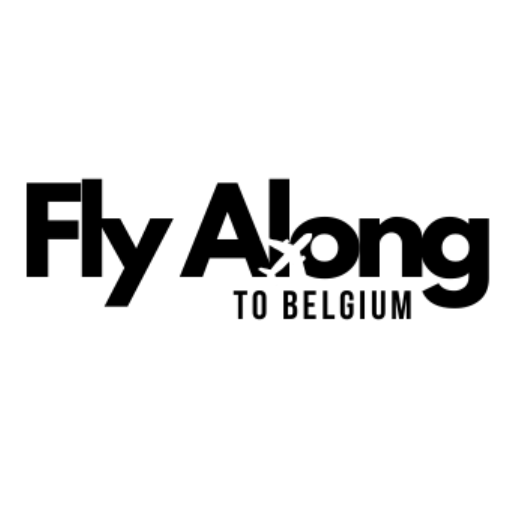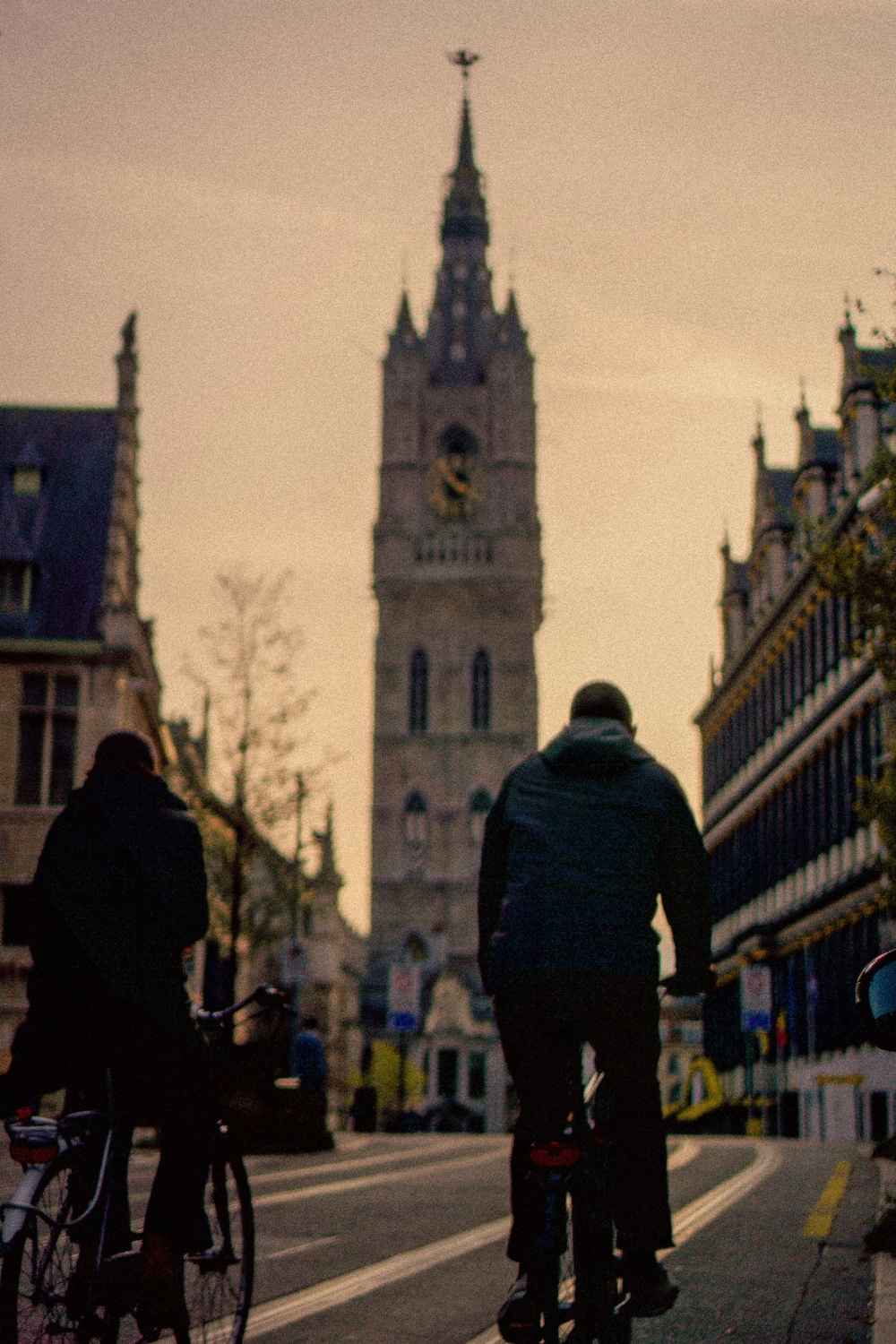Brussels is the capital of Belgium — and also the capital of Europe. It’s home to waffles, chocolate, comic books, and the European Union.
The city is busy, but getting around is easy. You don’t need a car. In fact, it’s better without one.
Brussels has a good public transport system. You can travel by metro, tram, bus, or bike. Many places are easy to reach on foot too.
In this guide, I’ll show you how to use public transportation in Brussels.
1. Overview of Brussels’ Public Transport System
Public transport in Brussels is run by STIB/MIVB. That’s the main company for buses, trams, and the metro in the city.
There are four ways to get around:
- Metro – Fast underground trains
- Trams – Street-level rail, good for seeing the city
- Buses – Go to areas not covered by metro or tram
- Shared bikes – A fun way to explore on two wheels
All of these use the same ticket. That means you can switch from metro to tram or bus with one fare.
Public transport in Brussels is safe, clean, and easy to use. Most signs are in French and Dutch, but many people speak English too.
This system will take you to most of the places you want to visit — from museums to parks, to neighborhoods outside the city center.

2. The Metro – Fast and Easy Underground Travel
The metro is the quickest way to travel across Brussels. It runs mostly underground and skips traffic.
There are four main metro lines:
- Line 1 and Line 5 go east to west.
- Line 2 and Line 6 go in a loop through the city.
The metro stops at many important places, like:
- Central Station
- European Parliament
- Parc du Cinquantenaire
- Atomium (take Line 6 to Heysel)
- Gare du Midi (main train station)
Trains run every few minutes during the day. Service starts around 5:30 a.m. and ends around midnight.
Stations have clear maps and signs. Doors open automatically, and stops are announced. You can bring luggage, and the metro is accessible for people with reduced mobility.
If you’re in a hurry or want to cross the city fast, take the metro.

3. Trams – A Scenic Ride Through the City
Trams are a great way to see Brussels above ground. They run on tracks through the city streets and give you nice views along the way.
Trams are slower than the metro, but they stop more often and cover lots of neighborhoods.
Some useful tram lines for visitors:
- Tram 3 & 4 – Go through the city center and connect with major metro stations.
- Tram 92 & 93 – Pass by the Royal Palace, Parc de Bruxelles, and shopping areas.
- Tram 7 – A long route that goes past parks and quieter parts of the city.
Trams run often during the day and into the evening. Most stops have a digital screen that shows when the next tram is coming.
You board through the front or middle doors. Don’t forget to validate your ticket when you get on — just like on the metro or bus.
Trams are a relaxing way to explore Brussels. Sit by the window and enjoy the ride.

4. Buses – Reaching the Suburbs and Late-Night Travel
Buses in Brussels go to places where the metro and trams don’t. They’re useful if you’re staying outside the center or visiting friends in a suburb.
Bus stops are easy to find. Look for the STIB/MIVB signs. Most stops have a timetable and a screen showing when the next bus will arrive.
You can use the same ticket for buses, trams, and the metro. Just validate your ticket when you get on — or tap your bank card if you prefer.
Some buses run late at night. These are called Noctis buses. They run on Fridays and Saturdays, from around midnight to 3 a.m. They leave from Central Station and go to different parts of the city.
Buses are clean and safe, but they can be slower during busy times because of traffic.
If you plan to stay out late or visit a quieter part of the city, the bus is a good option.

5. Tickets and Travel Passes
To use public transport in Brussels, you need a ticket. One ticket works on metro, trams, and buses.
Ticket Options:
- Single ticket – Good for 60 minutes. You can switch between metro, tram, or bus.
- Day pass – Unlimited travel for 24 hours.
- 2-day or 3-day passes – Good for short stays.
- 10-ride pass – Cheaper if you’re staying longer.
- MOBIB card – A reusable card for locals or frequent visitors.
You can buy tickets:
- At STIB machines in metro stations
- With the STIB app
- By tapping your bank card on the reader inside trams, buses, and metro gates. You’ll be charged €2.10 for a single ride (same price as a regular ticket).
Important:
- Validate your ticket each time you ride. Use the red machine near the doors or tap your card.
- If you don’t validate, you could get a fine.
Brussels’ ticket system is simple and fair. Pick the option that fits your trip best.
6. The Brussels Card
If you’re planning to visit museums and use public transport, the Brussels Card is a great deal.
It includes:
- Free entry to over 40 museums in Brussels (like Magritte Museum, BELvue Museum, and more)
- Unlimited access to public transport (if you choose the option with STIB)
- Discounts on tours, attractions, and restaurants
You can buy the card for 24, 48, or 72 hours. It starts working from the first time you use it.
Where to get it:
- Online (print it or use the mobile version)
- At tourism offices (like Visit Brussels at Grand Place)
- At some hotels and museum counters
If you’re staying a few days and plan to explore the city, the Brussels Card can save you money and time.

7. Biking in Brussels
You might think biking is the best way to explore Brussels, but here’s my opinion: Don’t do it, Brussels is not the easiest city for cycling.
While the city does have bike lanes and a bike-sharing system called Villo!, many locals and visitors find it challenging. The bike lanes are not always well-connected, and traffic can be busy and fast. There are also lots of hills, cobblestones, and sometimes poor road conditions.
If you’re used to biking in places like the Netherlands, Brussels may feel a bit unsafe or stressful in comparison.
That said, if you’re confident on a bike and want to try it, here’s what to know:
- Villo! is the city’s shared bike system. You can rent a bike from one station and drop it off at another.
- A 1-day or 7-day pass is available.
- The first 30 minutes are free, then you pay a small fee.
For a safer and more relaxed ride, it’s better to use a bike in parks or on quieter paths — like around Bois de la Cambre or Parc Cinquantenaire.
But honestly? I wouldn’t recommend it. For most visitors, public transport and walking are better ways to explore Brussels.
8. Walking in Brussels
Walking is one of the best ways to explore Brussels. Many of the city’s top sights are close together, especially in the center.
The area around the Grand Place is mostly car-free, so it’s safe and pleasant to walk. Streets like Rue des Bouchers and Galeries Royales Saint-Hubert are full of shops, cafés, and history.
Other great walking spots:
- Mont des Arts – beautiful views and museums
- Marolles – a local neighborhood with vintage shops and street art
- Parc de Bruxelles – a peaceful green space near the Royal Palace
Just a heads-up: Brussels has hills and a lot of cobblestone streets, so wear comfortable shoes. The sidewalks can be narrow in some areas, especially in older neighborhoods.
🚶♂️ Important: Some sights are too far to walk. For example, the Atomium is located in the north of the city. It looks close on the map, but it’s not walkable from places like Brussels Central Station. Take the metro (Line 6 to Heysel) instead — it’s much faster and easier.
9. Brussels’ Efforts for Green and Smart Mobility
Brussels is working hard to become a greener and more sustainable city. The goal is to reduce traffic, improve air quality, and make the city more pleasant for everyone.
One big change is the Low Emission Zone (LEZ). Older, more polluting cars are not allowed in the city unless they pay a fee. This helps cut down on air pollution.
The city is also:
- Investing in electric buses and cleaner public transport.
- Creating more pedestrian zones and car-free streets.
- Expanding bike lanes (even if they still have room for improvement).
- Promoting public transport as the best way to get around.
For visitors, this means Brussels is easier to explore without a car. You can walk, take the metro, hop on a tram, or catch a bus — all while helping the environment.
Using public transport or walking isn’t just easy — it’s also the most eco-friendly way to enjoy Brussels.
10. Tips for Tourists
Here are some helpful tips to make getting around Brussels even easier:
- 🚌 Download the STIB/MIVB app – It shows real-time info for metro, trams, and buses.
- 🗺️ Use Google Maps or Citymapper to plan your route. Both work well in Brussels.
- 💳 Tap your bank card on trams, buses, or metro gates. It charges the same as a regular ticket (€2.10).
- 🎫 Validate your ticket every time you ride. If you don’t, you could get a fine.
- ⏰ Avoid rush hours (7:30–9:00 a.m. and 4:30–6:30 p.m.). Public transport is quieter before or after.
- 🌧️ Bring an umbrella — Brussels weather can change fast.
- 🧭 Don’t rely on walking for longer distances — places like the Atomium or EU area are best reached by metro.
- 🗣️ Most people speak French, Dutch, and English, so don’t worry about asking for help.
Public transport in Brussels is made for locals and tourists alike. A little planning goes a long way — and helps you enjoy more of the city.
11. Final Thoughts
Brussels is a big, busy city — but getting around doesn’t have to be hard. With good public transportation and lots of walkable areas, you can explore the city without stress.
Use the metro for longer trips, trams for scenic routes, buses for harder-to-reach spots, and your feet for the city center. If you’re feeling adventurous, you can try biking — but it’s not for everyone.
Whether you’re here for a weekend or a longer stay, public transport will help you see more, spend less, and travel like a local. So grab a ticket, hop on board, and enjoy your time in Brussels!






0 reacties